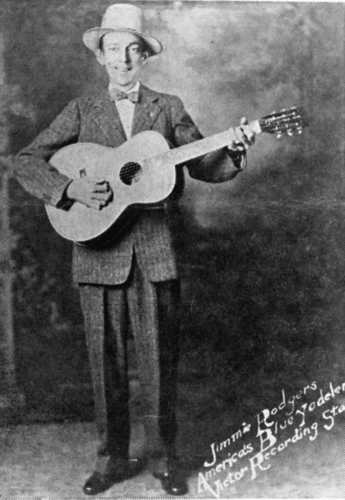Flatpicking is a guitar technique that has a rich history and has evolved over time to become a staple in the world of bluegrass, folk, and country music. This article will delve into the evolution of flatpicking, exploring its origins, key players, and how it has shaped the way we play and listen to music today.
The Early Days
The roots of flatpicking can be traced back to the early 20th century, when guitarists began experimenting with using a flat pick to play melodies and solos on the instrument. Prior to this, guitar playing was predominantly fingerstyle, with players using their fingers to pluck the strings. The introduction of the flat pick allowed for a new level of speed and precision in playing, paving the way for the development of flatpicking as a distinct style.
The Influence of Bill Monroe
One of the key figures in the evolution of flatpicking was Bill Monroe, often referred to as the “Father of Bluegrass Music.” Monroe’s innovative use of the flat pick revolutionized the way the guitar was played in bluegrass music. His fast, precise flatpicking style set a new standard for guitarists in the genre, inspiring countless musicians to adopt the technique and push its boundaries even further.
The Rise of Bluegrass Music
As bluegrass music gained popularity in the mid-20th century, so too did the flatpicking style. The driving rhythms and fast-paced melodies of bluegrass lent themselves well to the flat pick, leading to a surge in the number of guitarists adopting the technique. Flatpicking became synonymous with the bluegrass sound, with players like Lester Flatt, Doc Watson, and Tony Rice showcasing the full potential of the style.
Innovation and Expansion
In the latter half of the 20th century, flatpicking continued to evolve as musicians pushed the boundaries of the technique. Guitarists began incorporating elements of jazz, blues, and rock into their flatpicking, creating a fusion of styles that added new dimensions to the music. Players like Clarence White and Norman Blake were at the forefront of this innovation, blending traditional flatpicking with modern influences to create a sound that was uniquely their own.
The Influence of Doc Watson
Doc Watson was another influential figure in the world of flatpicking, known for his virtuosic playing and innovative approach to the guitar. Watson’s seamless blend of flatpicking, fingerstyle, and slide guitar techniques set him apart as a true master of the instrument. His influence can still be felt in the playing of guitarists today, as his recordings continue to inspire and educate musicians around the world.
The Modern Era
Today, flatpicking continues to thrive as a vibrant and dynamic style of guitar playing. Modern flatpickers draw from a wide range of influences, incorporating elements of bluegrass, folk, country, and beyond into their playing. The internet has played a significant role in the evolution of flatpicking, providing a platform for musicians to connect, share ideas, and learn from one another like never before.
Pushing Boundaries
One of the hallmarks of flatpicking is its versatility and adaptability. Guitarists are constantly pushing the boundaries of the style, experimenting with new techniques, tunings, and approaches to create fresh and innovative sounds. From traditional bluegrass standards to progressive fusion compositions, flatpicking offers endless possibilities for creative expression.
The Future of Flatpicking
As we look to the future, it’s clear that flatpicking will continue to evolve and adapt to the changing landscape of music. With new generations of players taking up the guitar and pushing the boundaries of what is possible, the future of flatpicking looks bright. Whether you’re a seasoned pro or just starting out, flatpicking offers a rewarding and exciting journey for musicians of all levels.
Interested in the evolution of flatpicking in country music? Learn about the benefits of flatpicking, explore the history of flatpicking in country music, and discover popular country strumming patterns and classic country strumming techniques that have shaped this musical genre over the years!
Conclusion
In conclusion, the evolution of flatpicking is a testament to the enduring power of music to inspire, innovate, and connect us on a deeper level. From its humble beginnings in the early 20th century to its status as a cornerstone of bluegrass and folk music, flatpicking has left an indelible mark on the world of guitar playing. As we continue to explore new sounds, techniques, and possibilities, let us remember the pioneers and innovators who paved the way for us to follow in their footsteps.



